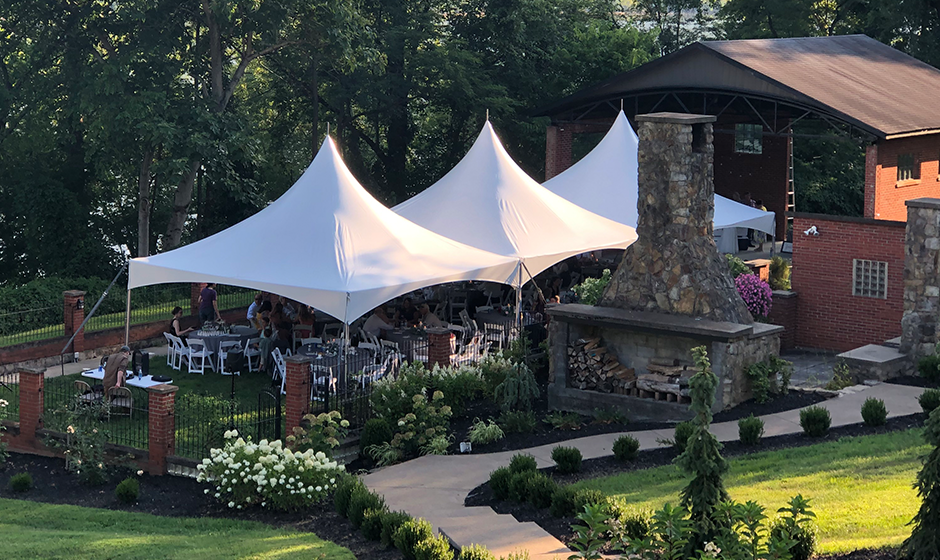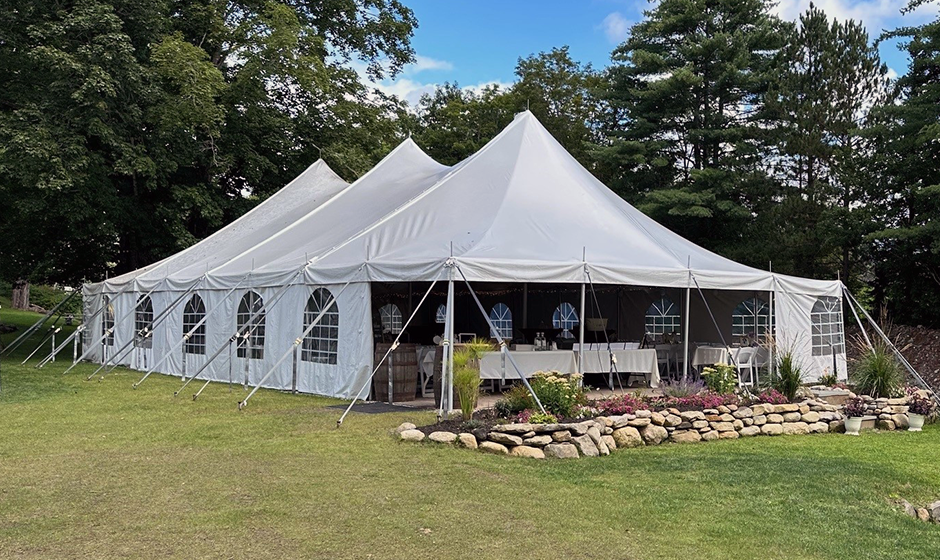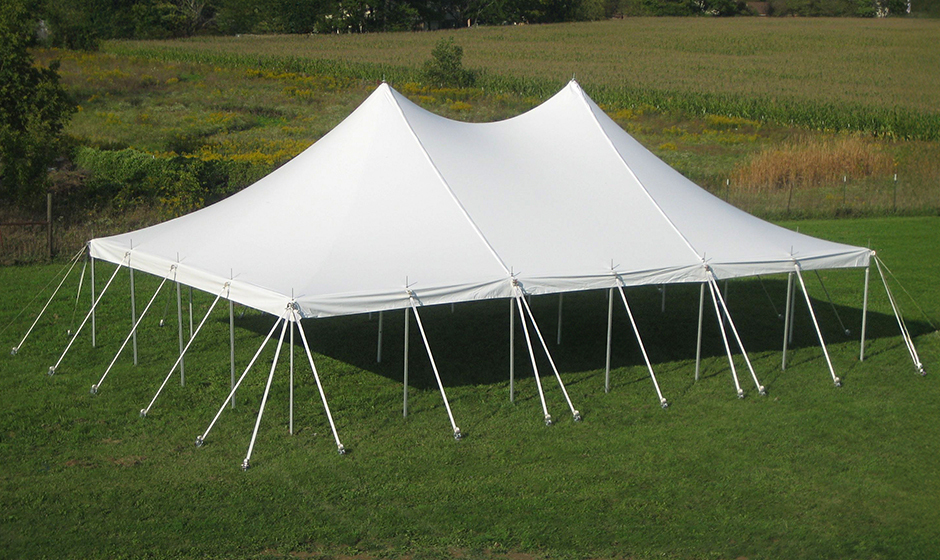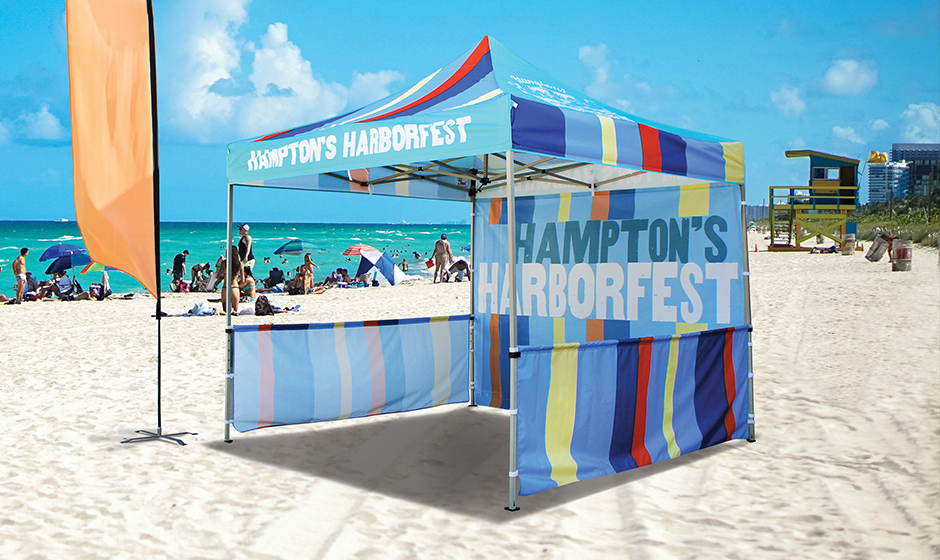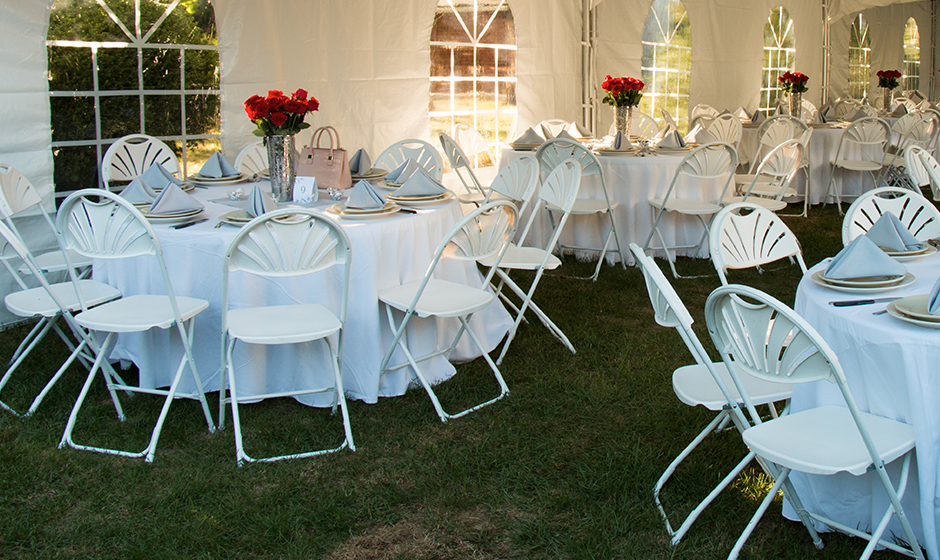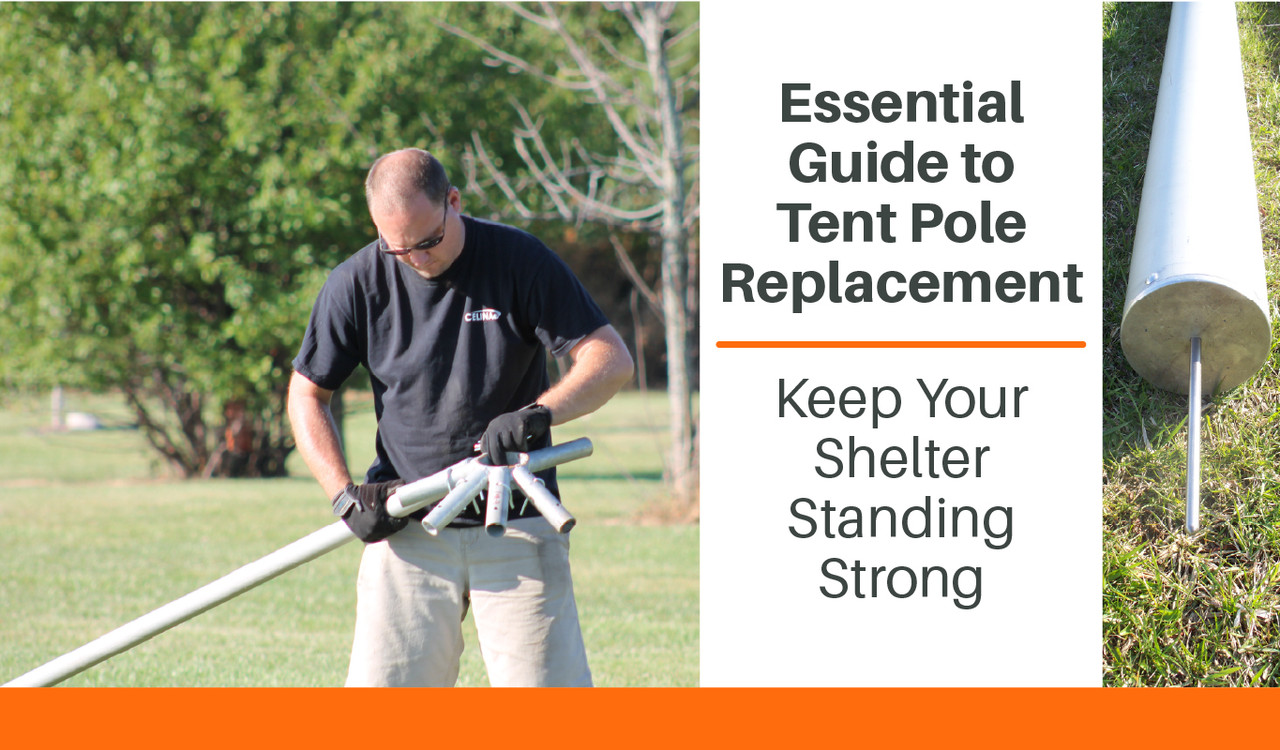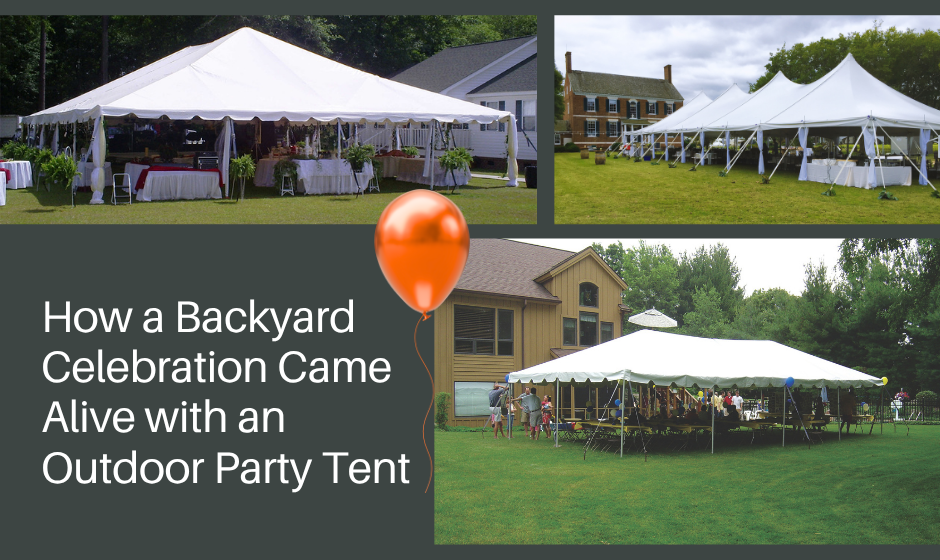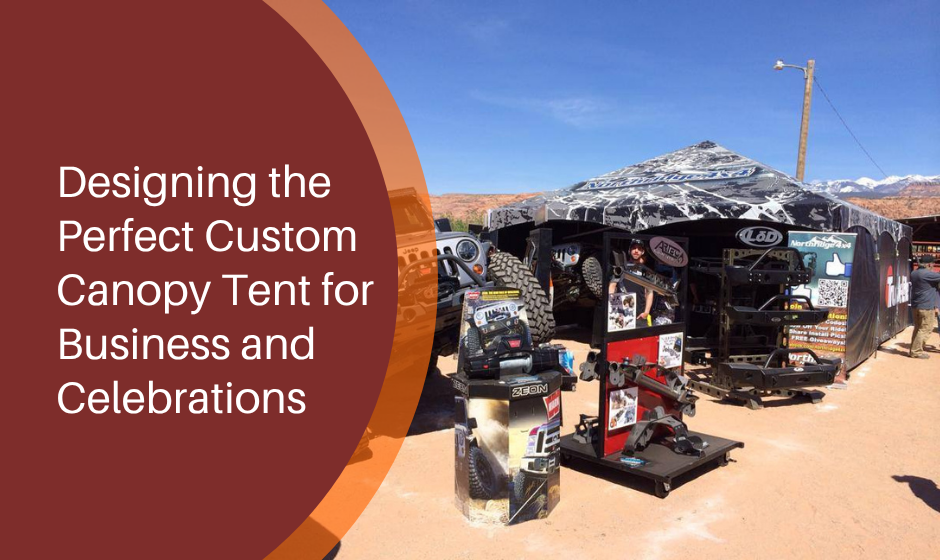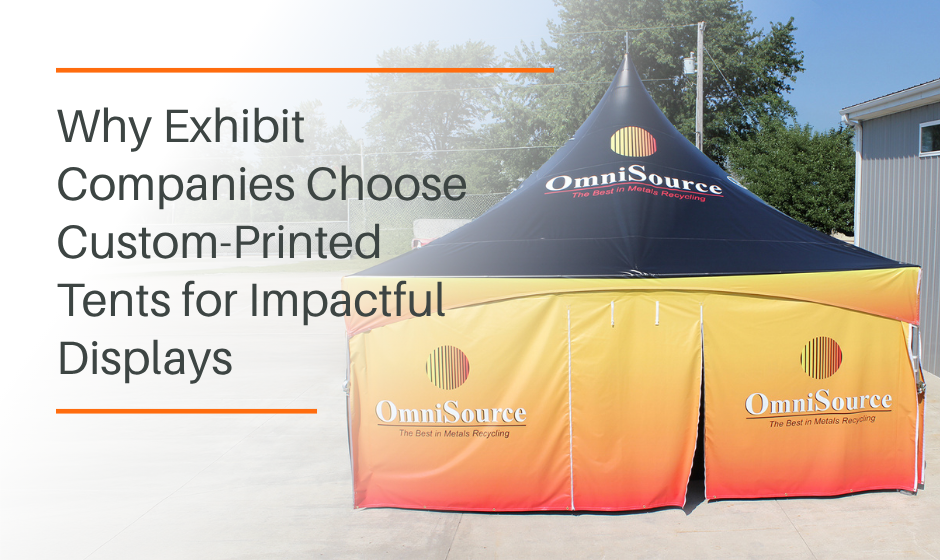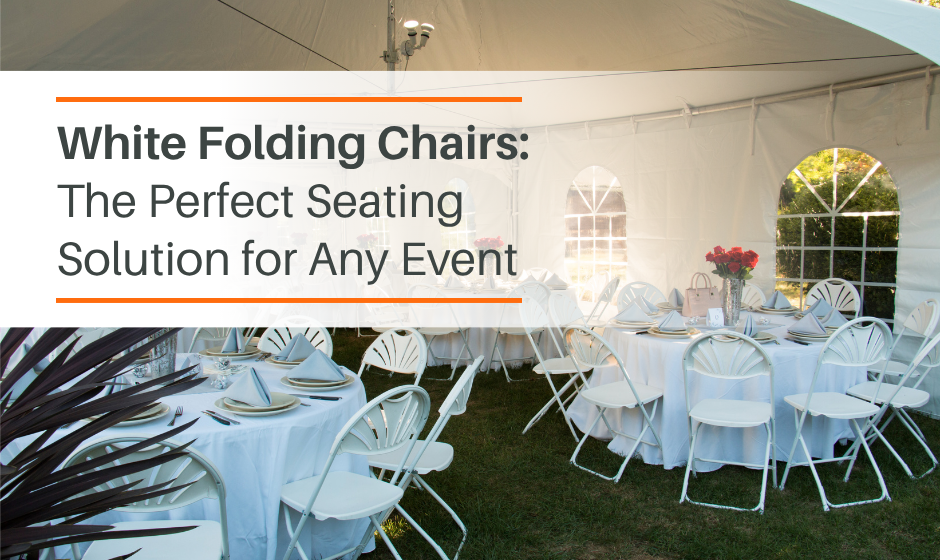Essential Guide to Tent Pole Replacement: Keep Your Shelter Standing Strong
If you spend any time camping, hosting outdoor events, or working with large tent setups, you know how important strong, reliable tent poles are. They keep your structure upright, your guests protected, and your gear secure. When a pole breaks or bends, the entire setup can be compromised. That’s where tent pole replacement comes in—a critical fix that every tent owner should understand.
Whether you're using a lightweight backpacking tent or a commercial-grade canopy, understanding how to replace a damaged pole can save your trip, your budget, and your sanity. Let’s explore the different types of tent poles, how to replace them, and how to prevent future issues.
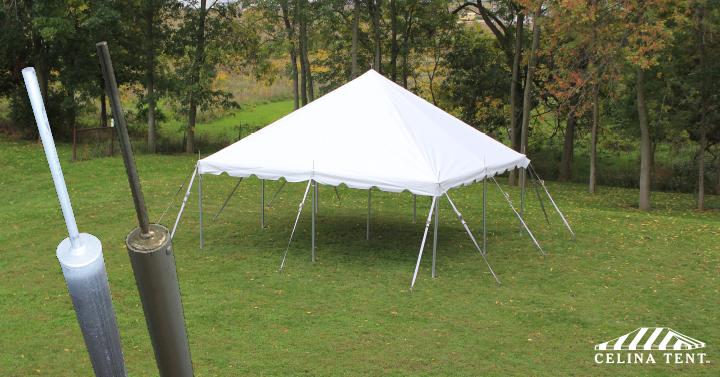
Types of Tent Poles and Why They Break
Tent poles come in different materials and designs. Each has its own strengths—and weaknesses.
Aluminum Tent Poles: Strong and lightweight, these are common in higher-end tents. They can bend or snap under pressure, especially in strong winds or improper storage.
Fiberglass Tent Poles: Affordable and widely used. However, they’re more prone to splintering and breaking when bent too far or exposed to extreme cold.
Steel Tent Poles: Typically used in larger or commercial tents. They’re sturdy but heavy. Rust and corrosion are common issues if they’re not properly maintained.
Most breaks happen from high wind, stress from improper setup, wear and tear over time, or accidental mishandling.
Signs You Need a Tent Pole Replacement
Some issues are obvious: a pole snapped in half or visibly bent out of shape. Others are subtler:
- Joints that no longer connect tightly
- Poles that don’t slide easily into sleeves or hubs
- Rust spots that weaken integrity
- Frayed shock cords causing poles to collapse
If your tent sags or leans, inspect the poles—it might be time for a replacement.
DIY Tent Pole Replacement vs. Professional Repair
You can absolutely replace tent poles yourself—especially if you’re handy. However, some situations call for a professional.
DIY Replacement
Ideal for standard dome or cabin tents. Repair kits are available online or at outdoor retailers. These typically include:
- Replacement segments
- Shock cord
- Connectors
- Tools for cutting or filing
When to Call the Pros
If you’re working with a large commercial or specialty tent, like those used for weddings or corporate events, it’s better to work with the manufacturer or a tent repair specialist. Celina Enterprises, for example, offers replacement parts and expert advice for larger structures.
Step-by-Step: How to Replace a Tent Pole
- Identify the Damage: Lay out the tent and isolate the damaged section. Remove the pole from its sleeve or clips.
- Disassemble the Pole: If the pole is sectional, carefully pull apart the broken section. For shock-corded poles, you may need to snip and rethread the elastic cord.
- Cut and Replace: Using a pipe cutter or small hacksaw, trim the replacement pole section to match the broken piece. Attach it using connectors from the repair kit.
- Rethread the Shock Cord: Use a wire puller or straightened paperclip to feed the elastic back through each segment. Tie knots to secure both ends.
- Reassemble and Test: Put the tent back together and test its stability. If it stands properly and feels secure, you’re good to go.
CELINA Team Insight: Replacing a damaged tent pole early prevents frame distortion and fabric stress—protecting the longevity of your entire structure.
Tent Pole Replacement for Large Event Tents
Large event tents, like those used at festivals or weddings, often use aluminum or steel frame systems. These tents may need:
- Replacement side poles
- Center poles for high peaks
- Crossbars and support trusses
At Celina Enterprises, we provide pole replacements for commercial tents. Whether you're replacing a single pole or updating your full frame structure, we stock compatible parts and offer guidance on structural safety.
Tips for Maintaining Your Tent Poles
- Dry thoroughly before storage to prevent rust or mold.
- Store in a cool, dry place, away from direct sun.
- Inspect regularly for signs of wear, especially before a trip or event.
- Use ground protection to prevent stress on pole joints.
- Avoid forcing poles through tight sleeves—this weakens connections.
Where to Get Quality Replacement Tent Poles
Many retailers sell universal repair kits, but it’s best to match your brand and model when possible. Celina Enterprises offers a range of replacement parts, including:
- Aluminum and steel poles
- Connectors, footplates, and brackets
- Custom-cut pole segments
We help ensure your tent is back up and ready for action—fast.
Final Thoughts on Tent Pole Replacement
A damaged pole doesn’t mean the end of your tent. With the right tools and know-how—or support from experts like Celina Enterprises—you can repair or replace your poles and extend your tent’s life.
From weekend campers to event planners, everyone benefits from understanding how tent pole replacement works. The next time your setup takes a hit, you’ll be ready to handle it like a pro.
FAQ
Can you replace tent poles yourself?
Yes. For most small and mid-size tents, you can replace broken poles using a tent pole repair kit that includes replacement segments, shock cord, and connectors. Simply cut the damaged section, rethread the cord, and reconnect the pole. For larger or commercial tents, Celina recommends contacting the manufacturer or a professional repair service for safety and compatibility.
How do you fix a broken tent pole?
Identify the damaged section, remove it from the tent, and replace it with a matching piece from a repair kit or manufacturer replacement. Re-thread any elastic shock cords, secure connections, and test stability before use. Celina offers replacement poles, connectors, and brackets for both small tents and large event structures.
What causes tent poles to break?
Common causes include strong wind, improper setup, over-tensioning, corrosion, and wear from repeated use. Fiberglass poles can splinter in cold weather, while aluminum may bend under stress. Regular inspection and proper anchoring help prevent damage.
Can I use any replacement pole for my tent?
It’s best to use poles designed for your tent’s specific brand and model. Universal kits may fit temporarily but might not provide the correct strength or flexibility. Celina manufactures compatible aluminum and steel poles for many commercial and event tent systems.
What tools do I need to replace a tent pole?
Basic tools include a small hacksaw or pipe cutter, pliers, and scissors for shock cord. Many repair kits come with everything needed for simple DIY replacements. For large frame tents, specialized hardware and safety equipment may be required—Celina can guide you through those replacements.
How do I prevent tent poles from breaking?
Set up your tent on level ground, tension fabric evenly, and avoid forcing poles into sleeves. Store poles dry to prevent rust, inspect them before each use, and never leave tents standing in high winds. Proper care greatly extends pole lifespan.
Where can I buy replacement tent poles?
You can find them through outdoor retailers or directly from your tent manufacturer. Celina Enterprises offers custom-cut aluminum and steel poles, connectors, and footplates for commercial and event tents, ensuring a precise, durable fit.
When should I call a professional for tent pole replacement?
If your tent is large, commercial-grade, or used for public events, professional repair ensures safety and compliance with load ratings. Celina’s support team can help identify the right parts and provide guidance for structural repairs.





